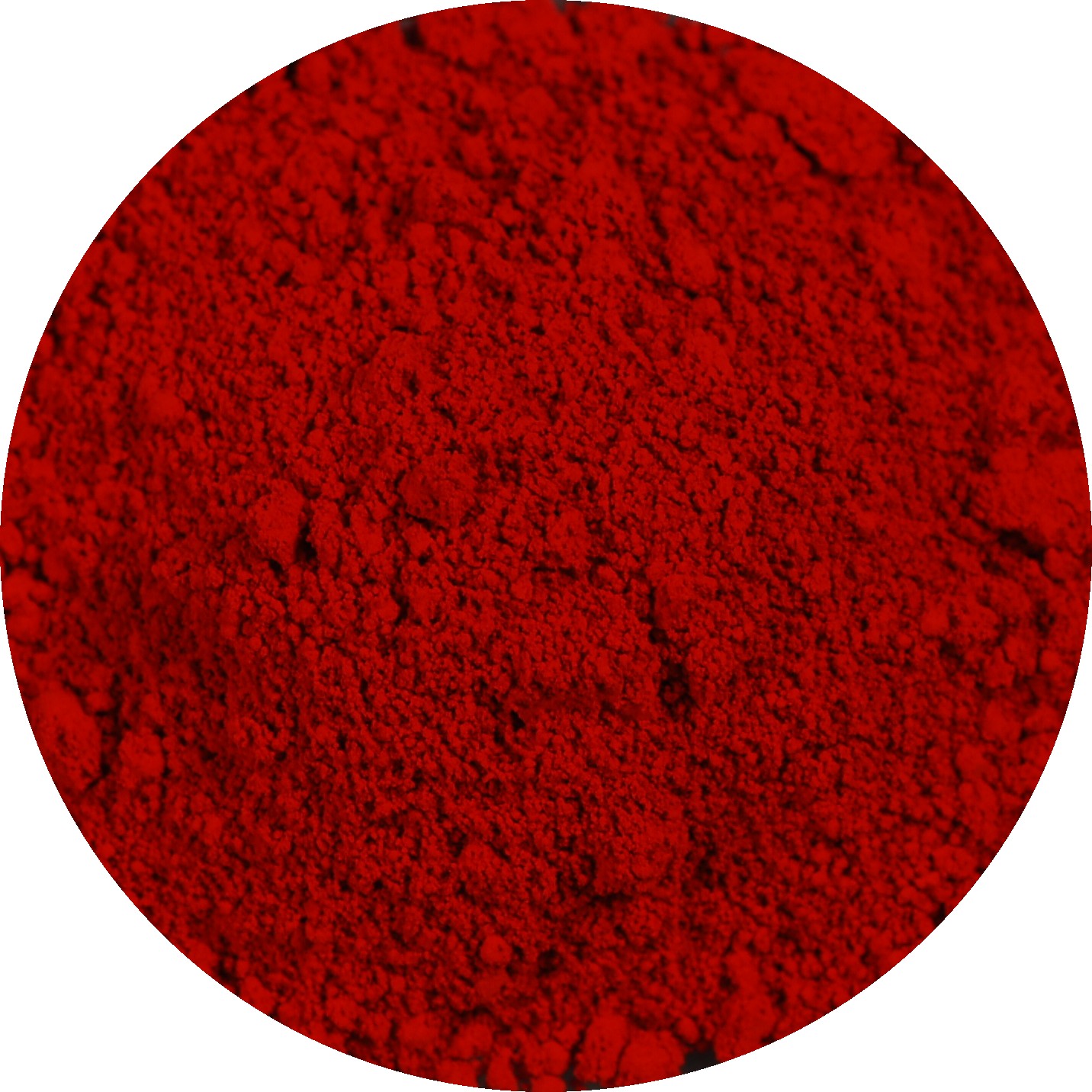Rylene Dye on:
[Wikipedia]
[Google]
[Amazon]
 A rylene dye is a dye based on the rylene framework of naphthalene units linked in peri-positions. In homologues additional naphthalene units are added, forming compounds — or ''poly(peri-naphthalene)s'' — such as
A rylene dye is a dye based on the rylene framework of naphthalene units linked in peri-positions. In homologues additional naphthalene units are added, forming compounds — or ''poly(peri-naphthalene)s'' — such as
 This reaction forms symmetrically N,N’- substituted PDIs. Solubilizing groups are often attached in this fashion. Although the solubility of the dianhydride is low, the solubility of some mono- and di imide derivatives are greatly improved.
This reaction forms symmetrically N,N’- substituted PDIs. Solubilizing groups are often attached in this fashion. Although the solubility of the dianhydride is low, the solubility of some mono- and di imide derivatives are greatly improved.
 Several perylene pigments have been developed for artist's paints :
* Pigment red 149, a middle red, between light and dark
Several perylene pigments have been developed for artist's paints :
* Pigment red 149, a middle red, between light and dark
perylene
Perylene or perilene is a polycyclic aromatic hydrocarbon with the chemical formula C20H12, occurring as a brown solid. It or its derivatives may be carcinogenic, and it is considered to be a hazardous pollutant. In cell membrane cytochemistry, ...
, terrylene and quarterrylene.
Perylene dyes
Perylene dyes are useful for their intense visible light absorption, high stability, electron accepting ability, and unity quantum yields.Huang, C., Barlow,S., Marder, S. (2011), Perylene-3,4,9,10-tetracarboxylic Acid Diimides: Synthesis, Physical Properties, and Use in Organic Electronics. Journal of Organic Chemistry, 76, 2386–2407. Due to these properties, they are actively researched in academia for optoelectronic and photovoltaic devices, thermographic processes, energy-transfer cascades,light-emitting diode
A light-emitting diode (LED) is a semiconductor device that emits light when current flows through it. Electrons in the semiconductor recombine with electron holes, releasing energy in the form of photons. The color of the light (co ...
s, and near-infrared-absorbing systems.Weil, T., Vosch, T., Hofkens, J., Peneva, K. and Müllen, K. (2010),'' The Rylene Colorant Family—Tailored Nanoemitters for Photonics Research and Applications''. Angewandte Chemie International Edition, 49: 9068–9093.
Molecular design features
Introduction of carboxylic acid and sulfonic acid groups increases the solubility of rylene dyes in water. The imide structure allows for two different substituent, so a single reactive group can be attached to this position. TheHOMO/LUMO
In chemistry, HOMO and LUMO are types of molecular orbitals. The acronyms stand for ''highest occupied molecular orbital'' and ''lowest unoccupied molecular orbital'', respectively. HOMO and LUMO are sometimes collectively called the ''fronti ...
levels of perylene diimide derivatives can easily be tuned via substitution at the bay position. A bathochromic shift
Bathochromic shift (from Greek βαθύς ''bathys'', "deep"; and χρῶμα ''chrōma'', "color"; hence less common alternate spelling "bathychromic") is a change of spectral band position in the absorption, reflectance, transmittance, or emissi ...
of about 100 nm is recorded per additional naphthalene unit.
Synthesis
Perylenediimide (PDI) are synthesized by treating perylenetetracarboxylic dianhydride (PTCDA) with amines at high temperatures. This reaction forms symmetrically N,N’- substituted PDIs. Solubilizing groups are often attached in this fashion. Although the solubility of the dianhydride is low, the solubility of some mono- and di imide derivatives are greatly improved.
This reaction forms symmetrically N,N’- substituted PDIs. Solubilizing groups are often attached in this fashion. Although the solubility of the dianhydride is low, the solubility of some mono- and di imide derivatives are greatly improved.
Pigments
Perylene diimide derivatives were developed as industrial dyes due to their excellent chemical, photo, thermal, and weather stability. Nowadays, perylene dyes are used predominantly in textile applications and as high-grade industrial paint.Greene, M. "Perylene Pigments" in High Performance Pigments, 2009, Wiley-VCH, Weinheim. pp. 261-274.cadmium
Cadmium is a chemical element with the symbol Cd and atomic number 48. This soft, silvery-white metal is chemically similar to the two other stable metals in group 12, zinc and mercury. Like zinc, it demonstrates oxidation state +2 in most of ...
red. (chemical structure: replace HN group in PV29 with 3,5-(CH3)2C6H3).
* Pigment Red 179, which is close to alizarin crimson (chemical structure: replace HN group in PV29 with CH3N).
* Perylene black 31 (chemical structure: replace HN group in PV29 with C6H5CH2CH2N)
*Rylene dyes have been less popular as fluorescent tag
In molecular biology and biotechnology, a fluorescent tag, also known as a fluorescent label or fluorescent probe, is a molecule that is attached chemically to aid in the detection of a biomolecule such as a protein, antibody, or amino acid. Gener ...
s due to their low solubility in aqueous solutions.
Molecular electronics
Perylenediimide derivatives have been incorporated as n-channel field-effect transistors due to their strong electron affinities. In particular,OFET
An organic field-effect transistor (OFET) is a field-effect transistor using an organic semiconductor in its channel. OFETs can be prepared either by vacuum evaporation of small molecules, by solution-casting of polymers or small molecules, or ...
s using highly packed perylene diimide derivatives with electron withdrawing groups such were found to have good air stability. Close molecular packing is important in retaining air stability. Electron transfer, on the other hand, was strongly influenced by the π-π stacking between perylene diimide units.
Perylene diimide derivatives are suitable as acceptor materials due to their high electron affinity and high electron mobilities.Usta, H., Facchetti, A., Marks, T. J. (2011) n-Channel Semiconductor Materials Design for Organic Complementary Circuits. Acc. Chem. Res. 44, 501−510
Additional reading
*https://web.archive.org/web/20090809215020/http://www.mpip-mainz.mpg.de/synthchem/rylene.htmlReferences
{{Reflist Dyes Organic pigments